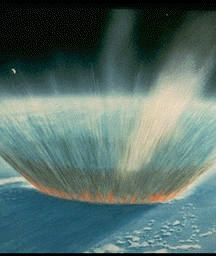This is an illustration of the Chicxulub impact.
Click on image for full size
NASA/JPL
The Collisional Ejection Theory
Currently, the theory that best explains all the
evidence is the
collisional ejection theory. This theory holds that the Moon formed
from debris ejected from the Earth when a large object (possibly as
large as Mars) crashed into the Earth. Simulations of this scenario
show that energy from such a collision produces a stream of vaporized
rock from the impact. The Moon forms from this cooled material.
This theory explains many of the known properties of the Moon's orbit
and composition. The ejected material would have coalesced in or near
the ecliptic plane, putting the Moon into an orbit much like the one
it has. The Moon, which is believed to have a small iron core, could
have retained this core through the collision. Volatile elements
would have been vaporized during the impact. Also, this collision
could have tipped the Earth's axis, causing the seasons we now know.
The problem with this theory is that it does not seem very likely.
You might also be interested in:

An element (also called a "chemical element") is a substance made up entirely of atoms having the same atomic number; that is, all of the atoms have the same number of protons. Hydrogen, helium, oxygen,
...more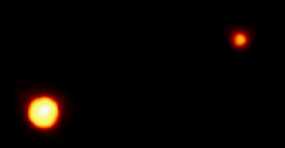
Charon is a moon of Pluto. Pluto has // Call the moon count function defined in the document head print_moon_count('pluto'); moons. Charon is much larger than Pluto's other moons. James Christy discovered
...more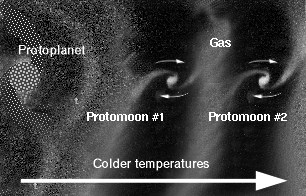
The co-formation theory explains the origin of the moon as an object which formed out of the primitive solar nebula at the same time and roughly the same place as the Earth. As shown in this picture, while
...more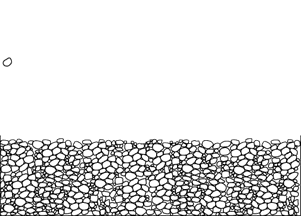
People used to think that moons such as the Earth's moon or the moons of Jupiter had no atmosphere whatsoever. Now, however, measurements have shown that most of these moons are surrounded by a *very*
...more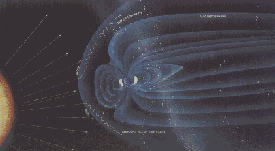
Unlike the Earth, which has a protective shield around it called the magnetosphere, the surface of the moon is not protected from the solar wind. This picture shows the magnetosphere surrounding the Earth,
...more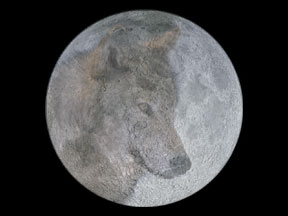
Sometimes, in the fall, you may hear people call a Full Moon the "Harvest Moon". That's because farmers can stay in their fields late, after sunset, harvesting their crops by the bright light of a Full
...more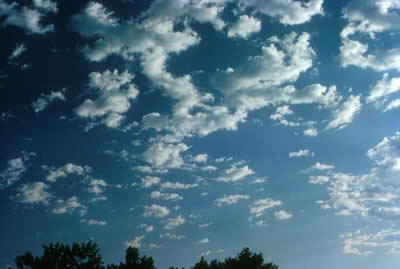
Altocumulus clouds are part of the Middle Cloud group (2000-7000m up). They are grayish-white with one part of the cloud darker than the other. Altocumulus clouds usually form in groups and are about
...more


